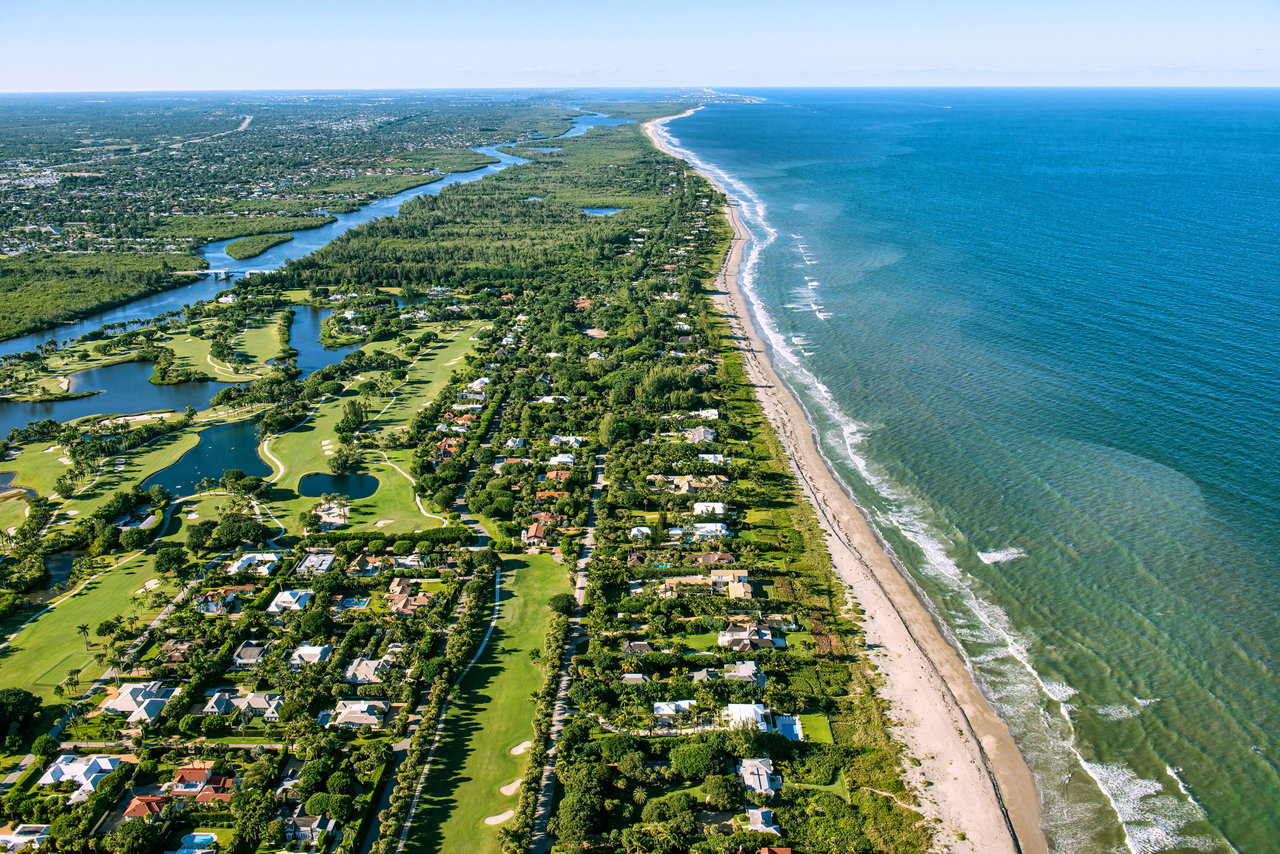Owning a coastal home in Florida is a dream come true for many. The beautiful beaches, serene environment, and vibrant culture make it an ideal location for luxury living. However, maintaining a coastal home requires attention to specific details due to the unique challenges posed by the oceanic environment. This guide will provide you with valuable insights on how to maintain a coastal home in Florida, ensuring that your property remains in top condition while you enjoy the luxury lifestyle it offers.

Understanding the Coastal Environment
The first step in maintaining your coastal home is understanding the environment you are dealing with. The salty air, high humidity, and potential for hurricanes are just a few factors that can affect your property. By anticipating these challenges, you can take proactive measures to protect your home.
Impact of Salt Air
Salt air can be corrosive, leading to rust and degradation of materials over time. To combat this, consider using corrosion-resistant materials for outdoor fixtures and regularly washing surfaces to remove salt build-up.
Dealing with Humidity
High humidity levels can lead to mold and mildew growth. Ensure your home is well-ventilated and consider using dehumidifiers to maintain optimal indoor air quality.
Regular Maintenance Practices
Regular maintenance is key to preserving the integrity of your coastal home. Here are some essential practices to incorporate into your routine:
Inspecting and Sealing Windows and Doors
Windows and doors are susceptible to damage from high winds and salt air. Regularly inspect seals and replace any worn-out weather stripping to prevent moisture intrusion.
Roof Maintenance
Your roof is your first line of defense against the elements. Regularly check for damaged shingles or tiles, and address any issues promptly to prevent leaks.
Exterior Cleaning and Care
Regularly clean the exterior of your home to remove salt deposits and prevent corrosion. Consider applying a protective sealant to surfaces to extend their lifespan.
Hurricane Preparedness
Living in Florida means being prepared for hurricanes. Here are some tips to safeguard your home:
Installing Storm Shutters
Storm shutters provide an extra layer of protection for your windows during a hurricane. Ensure they are in good condition and can be deployed quickly when needed.
Creating a Hurricane Kit
Have a hurricane kit ready with essential supplies such as water, non-perishable food, and emergency contact information. This will ensure you are prepared in the event of an evacuation.
Landscaping and Outdoor Areas
Proper landscaping can enhance the beauty of your coastal home. Consider using native plants that are resistant to salt and wind, and regularly maintain your garden to prevent overgrowth.
Protecting Outdoor Furniture
Choose outdoor furniture made from materials that can withstand the coastal environment, such as teak or powder-coated aluminum. Regularly clean and cover furniture when not in use to prolong its life.
Interior Considerations
The interior of your coastal home requires special attention to maintain comfort and style.
Choosing Coastal-Friendly Decor
Select decor that complements the coastal environment. Light colors, natural textures, and marine-themed accents can create a relaxing and inviting atmosphere. For more inspiration, check out our article on coastal home decor trends.
Managing Indoor Humidity
As mentioned earlier, managing humidity is crucial. Use air conditioners and fans to maintain comfortable indoor temperatures and humidity levels.
Eco-Friendly Practices
Embrace eco-friendly practices to reduce your environmental impact. Consider installing solar panels, using energy-efficient appliances, and implementing water-saving measures.
For more tips on sustainable living, explore our guide on eco-friendly practices.
Community and Lifestyle
Living in a coastal community offers a unique lifestyle. Engage with your neighbors and participate in local events to fully experience the vibrant culture of Florida’s coastal towns. Learn more about the best coastal towns in Florida for luxury living.
Insurance and Legal Considerations
Securing Adequate Insurance
Ensure your home is adequately insured, including coverage for hurricanes and flooding. Review your policy regularly to ensure it meets your needs.
Understanding Building Codes
Stay informed about local building codes and regulations to ensure your home complies with safety standards. Consult with professionals if you plan to make any structural changes.
Conclusion
Maintaining a coastal home in Florida requires diligence and attention to detail. By understanding the unique challenges of the coastal environment and implementing regular maintenance practices, you can preserve the beauty and functionality of your home for years to come. Embrace the luxury lifestyle while taking proactive measures to protect your investment.

FAQ
What materials are best for coastal homes?
Corrosion-resistant materials such as stainless steel, aluminum, and treated wood are ideal for coastal homes.
How often should I inspect my roof?
It’s recommended to inspect your roof at least twice a year and after any major storm.
What are some native plants suitable for coastal landscaping?
Consider using sea oats, palmetto, and beach sunflower, as they are well-suited for coastal conditions.
This article contains affiliate links. We may earn a commission at no extra cost to you.

